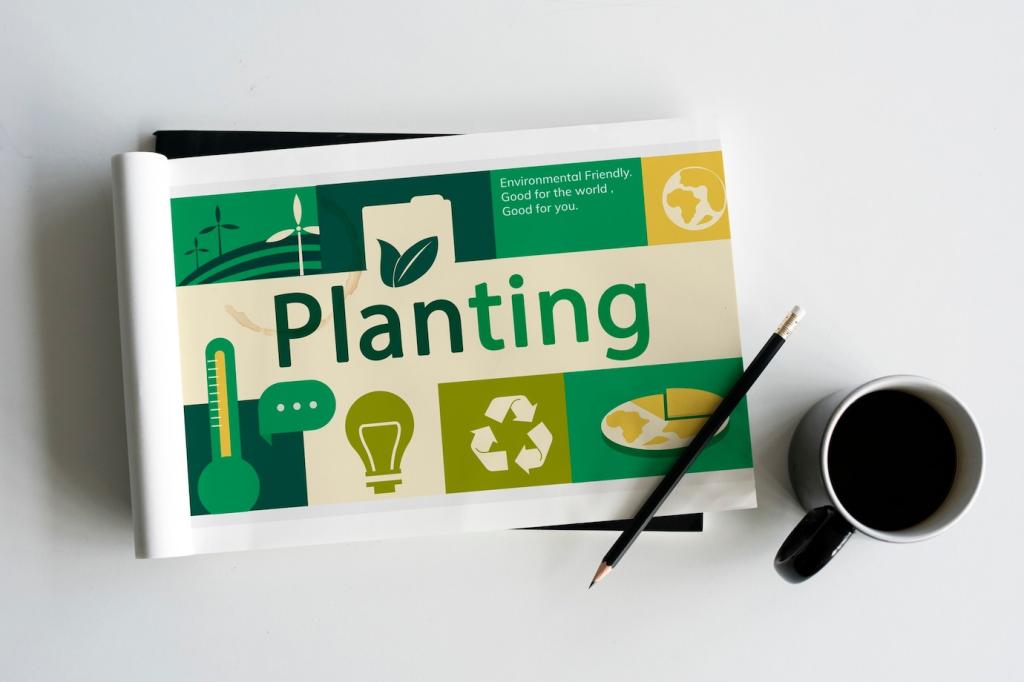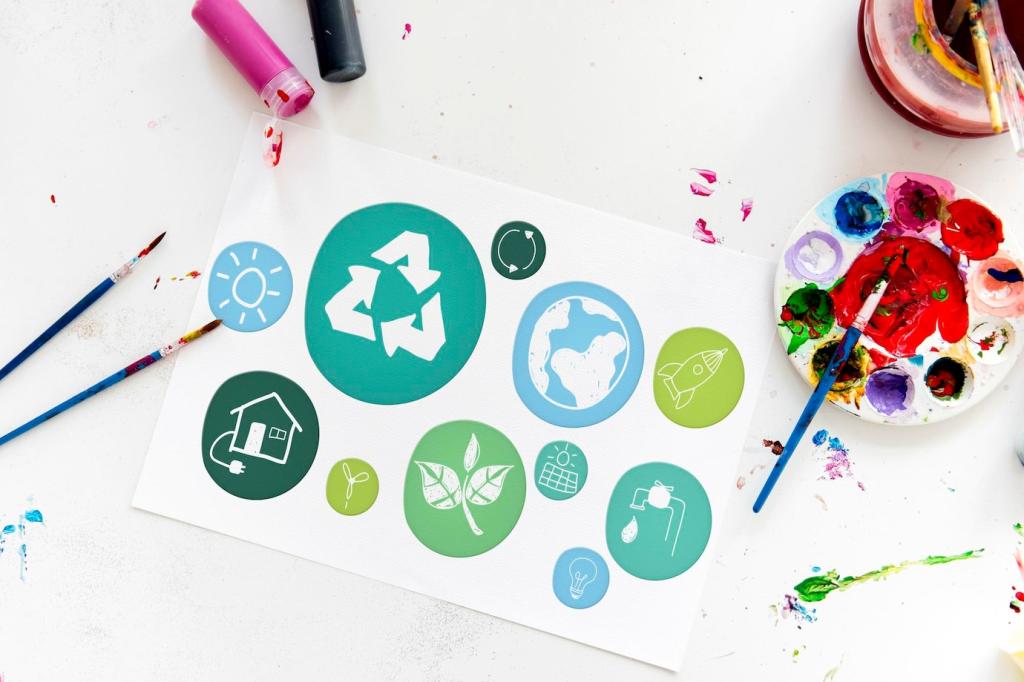Visual and Sensory Language that Feels Real
Photograph scuffs, stitching, grain, and patina that signal durability and repairability. Glossy perfection often reads as disposable. Use captions to explain why a surface matters—like unbleached fiber lowering chemicals—and invite viewers to ask tactile questions you’ll answer in the next post.
Visual and Sensory Language that Feels Real
Design charts with zero distortion, clear baselines, and candid uncertainty ranges. Pair reduction targets with current performance to avoid the “hockey-stick” illusion. Encourage readers to request the raw dataset, and publish a plain-language guide explaining how to interpret your sustainability metrics responsibly.









